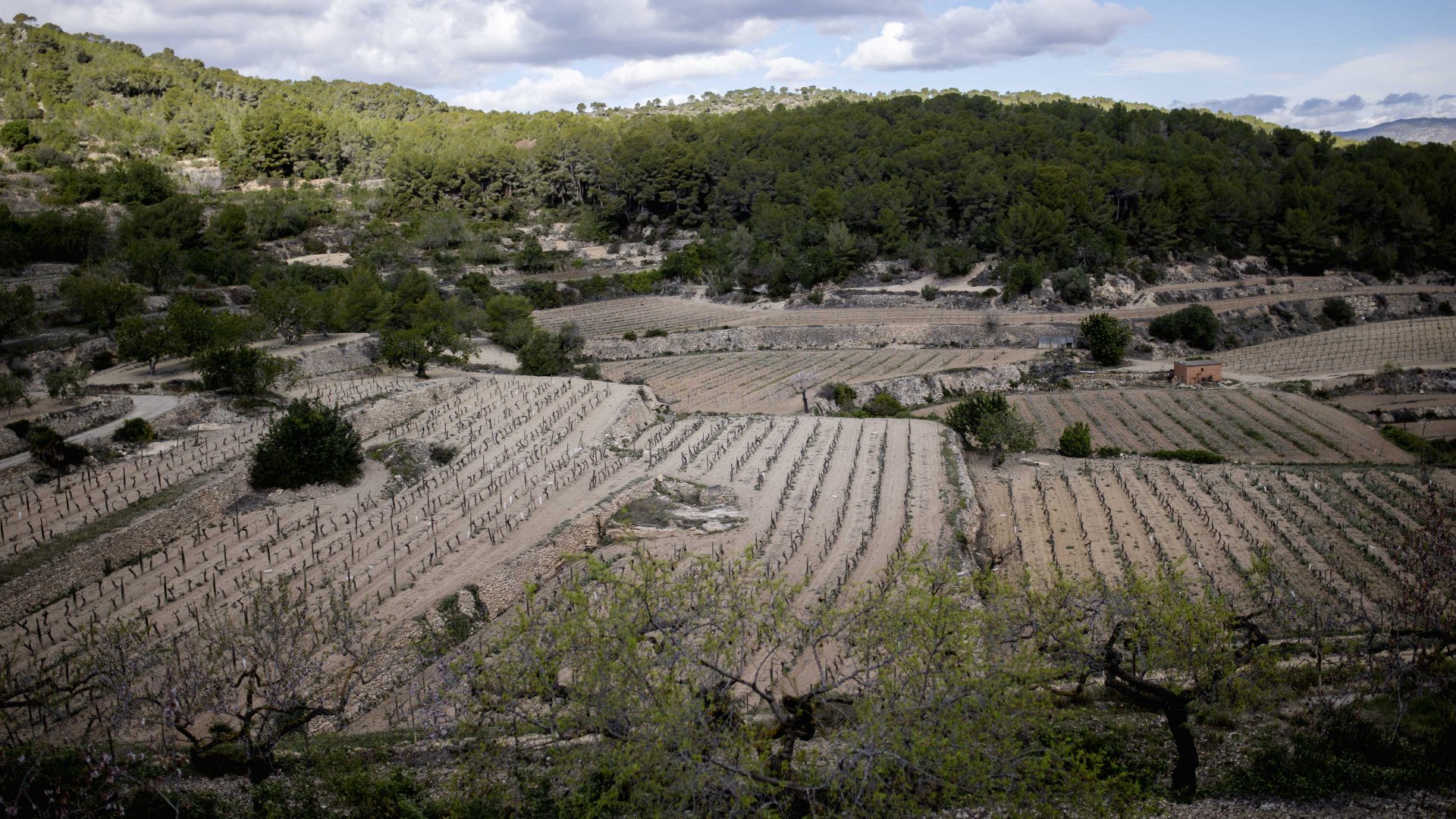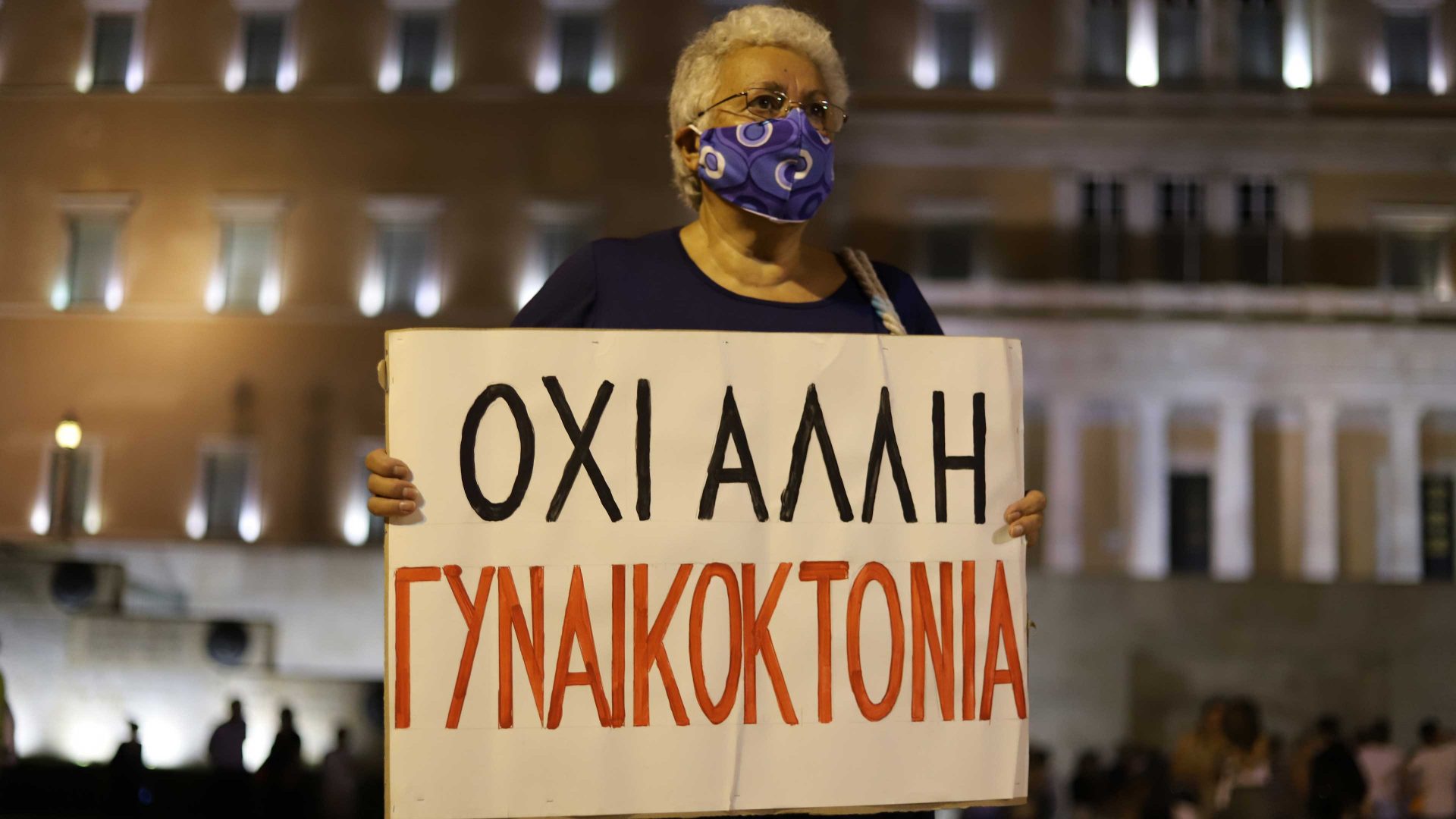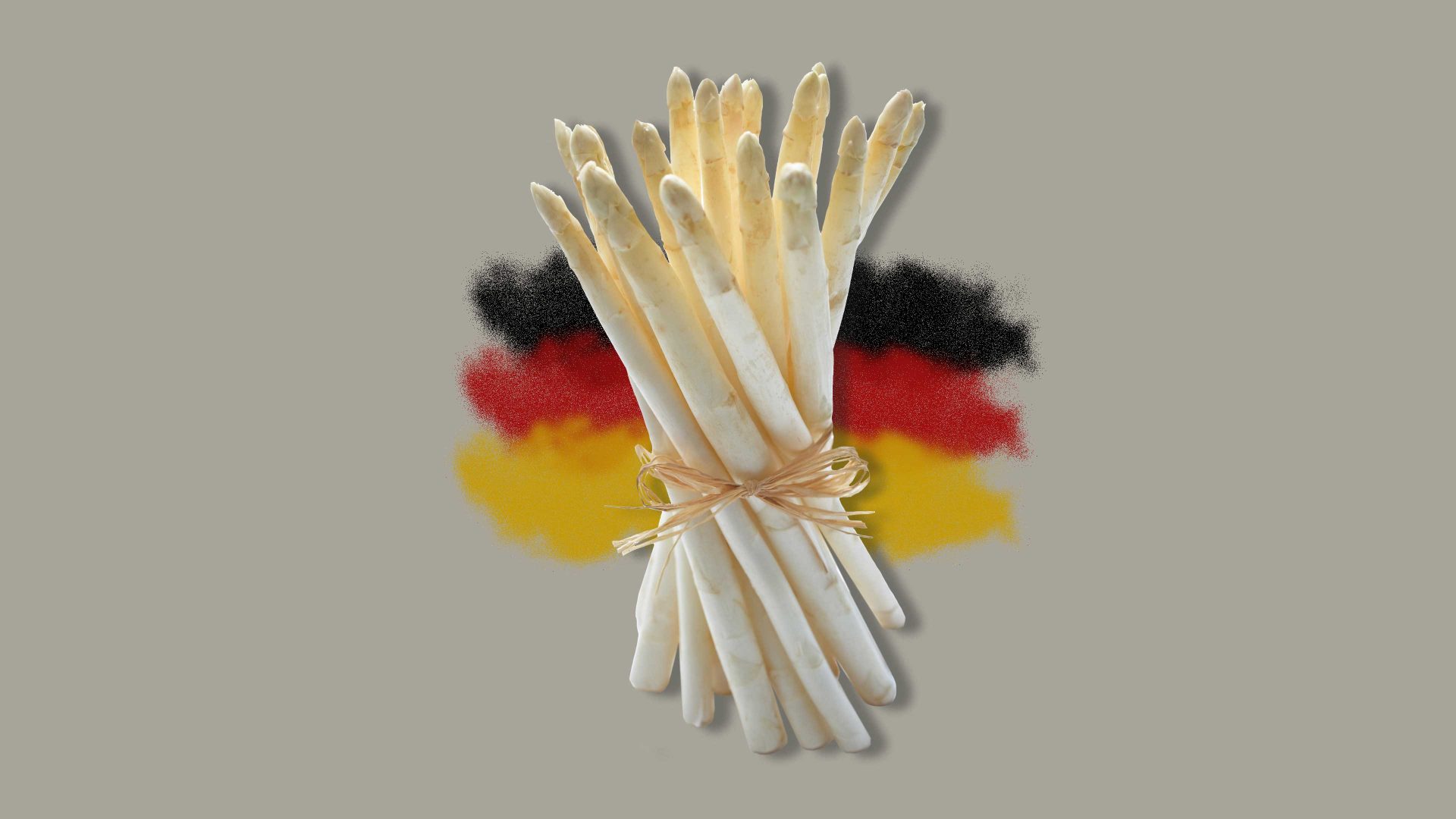The moment I set off to report on Catalonia’s terrible drought, it naturally starts to rain. It’s just a light smattering of drops across car roofs and dusty pavements, but by the time I have left the coast and its now-disgruntled sun-seekers, the parched soils of the Penedès – Catalonia’s famed Cava region – have regained a little of their lustre.
Yet, as Oriol Fàbregas, scion of the Celler Cairons vineyard outside Vilafranca de Penedès, says, a few millimetres of rain is nowhere near what’s needed.
“Those vines,” he points to the hillsides, “there and there. All dead.”
His battered jeep jolts to a halt in the midst of acres of charcoal-black vines.
Strung out on wires, each with two main branches on either side of a main trunk, they have an oddly crucifix-like shape.
“See?” he says, snapping off the lifeless left arm of the nearest one with a dull crack. “When they die of thirst they die from the outside in.”
This is the second year of the worst drought anyone here can remember. Around a third of the vines in this region have died from thirst – a first, even for veterans of previous bad droughts.
Celler Cairons has already lost around a quarter of its vines and the next two months “are absolutely critical,” he adds. Last year’s drought halved production and this year will probably be worse. “Everything depends on the rest of the spring.”
This is devastating news for Catalonia’s Cava industry, famous for brands such as Freixenet, Codorníu and Juvé & Camps.
Marketed as “Spanish champagne” in the era before the arrival of rules on the protected designation of origins (PDOs), Cava is now a top wine export for the region and the country.
The lengthy drought has affected large and small producers in unpredictable ways.
“In the same field you will have rows of healthy vines and then others that are completely dead,” says Fàbregas. “It all depends on the soil and how it drains, the wind, the shade…”
His voice trails off as he scratches away the top few inches of loamy, red dirt to reveal the solid, dried-out earth below.
“The young vines, their roots are shallower, so they can get whatever water falls,” he explains. “The older ones, though, with roots two to three metres down, they can’t get anything – it’s dry as a bonee. The drought is much worse for the old ones.”
The vines are mostly barren now, with just a few showing the odd sprig of new growth. At this time of year, there should be a shower of new leaves across their craggy grey shoulders.
Later, in the neighbouring “capital of cava”, Sant Sadurní d’Anoia, I look out from the Café de la Plaça on the central square as another smattering of rain darkens the dusty paving.
“It’s good to see,” says Francisco Cortéz, a local man sipping a cortado at a neighbouring table. “But one day isn’t anywhere near enough. April, May – we’re praying that it will rain and rain.” Don’t tell that to the tourists back on the Costas, I think.
Then I’m off to the nearby, fantastical, Catalan modernist “wine cathedral” that is home to the Codorníu estate. In its hallowed halls, they are also praying.
Down in the vaults here are around 30km of tunnels, dug down over four levels and lined with thousands of bottles in various stages of processing. To get an idea of it, you have to take an electric road train along brick-lined passageways that use famous vintages as street names.
“So far, the drought has not affected the temperature or humidity down here,” the guide tells me as we rattle along. “Thank God!”
Given maturation times, the impact of the drought will be seen next year, when production volumes will probably plummet.
“Better enjoy this now then,” I quip, as we taste a few glasses.
Nobody seems much in the mood for laughter, though, despite the crystal-crisp fizziness of Catalonia’s most celebrated party drink.
When we re-emerge outside, the rain, I notice, has already dried on the wine cathedral’s hundred-year old paving.
Jonathan Gorvett is a freelance journalist and writer currently dividing his time between Spain and Ireland



